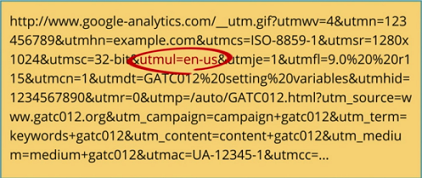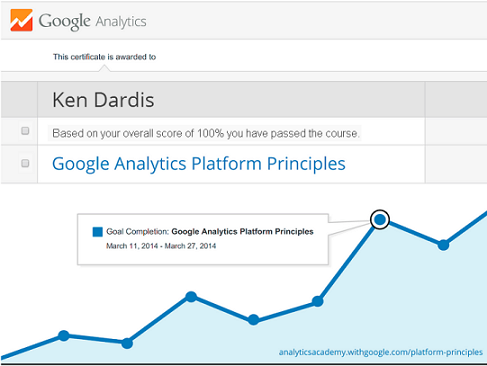| Tuesday, March 18, 2014 |  |
 |
 |
|
Hear Today's Songs |
 |
 
 
 |
 |


 A New Breed of Indie Artists
A New Breed of Indie Artists Free Music and Programs for Radio and Podasters
Free Music and Programs for Radio and PodastersReading the Numbers & Reading Them Wrong
|
Data. Nobody is going to tell somebody in the radio industry that numbers don't matter. Broadcasters spend millions of dollars on audience estimates. Online, there is an industry which serves up server numbers - metrics - a much more accurate accounting of who is in the audience. |
"Two courses. Ten hours. The certificate is no big thing. The knowledge gained to earn the certificate is." |
Slicing and dicing these online numbers has not been a priority in the radio industry, online or off. When "measurement" is discussed, it concerns Nielsen, PPM, or the serving of ads based on cost-per-thousand pricing.
How much time is spent in the radio industry studying how to take data and use it to improve?
RAB's recent revenue report stated that it was digital which saved radio in 2013: "Spot revenue declined 3% in Q4..."; "This was offset by strong performances in Digital (+18%)...." For the year, "Spot was off just 1%, with gains recorded in both Digital (+16%) and Off-Air (+5%)...."
There's a problem with what's reported. The counting in radio supports a CPM pricing model, while "digital" (in a growing media buying circle) means giving advertisers' numbers that are more than "how many ears."
To emphasize the "parameters" collected by Google Analytics and many other digital platforms, examine this snippet of code:

Within this incomplete segment of code (above) are 18 data points; the one designating that the browser is set at "English" is circled.
I stress this because of the need for our radio industry to seek deeper numbers than it's currently using. And to open eyes that accountability is not limited to providing advertisers with more data to use, but in giving radio station operators ways to better serve their audience.
We are not talking about large investments. This requires devoting time to understanding what's available. It explains why new media is attracting traditional media ad dollars.
On March 5, Audio Graphics featured "Accountability in Radio Industry Now Required." It spoke of the "Google Analytics Platform Principles" online course. Anyone can attend. I did, and received this certificate.

This on-demand course on digital analytics goes far deeper than calculating AQH or Cume, numbers that the radio industry is trying to bring into its digital environment. Selling impressions will not bring a large enough profit margin online; you must sell the analytics made available by crunching a variety of numbers.
Attend the "Analytics Academy." Ten hours is all it will take to get a grasp of how the numbers radio stations are discussing today are wrong.
Two courses. Ten hours. The certificate is no big thing. The knowledge gained to earn the certificate is.
While we hear the word "digital" being thrown around the radio industry, it's not the same "digital" that's bantered by media buyers seeking ROI. Radio still wants to count ears. Metrics delivered in codes (like that pictured above) allows for analytics, which solves problems.
Today's indie introduction is to...
| Pop artist, Leah Raci |
 sample song |
Get You Back Download Song
|
Give Leah Raci's "Get You Back" a listen.
Add it to your playlist, free!
More Articles
 |
 |
 |
comments by Disqus |




